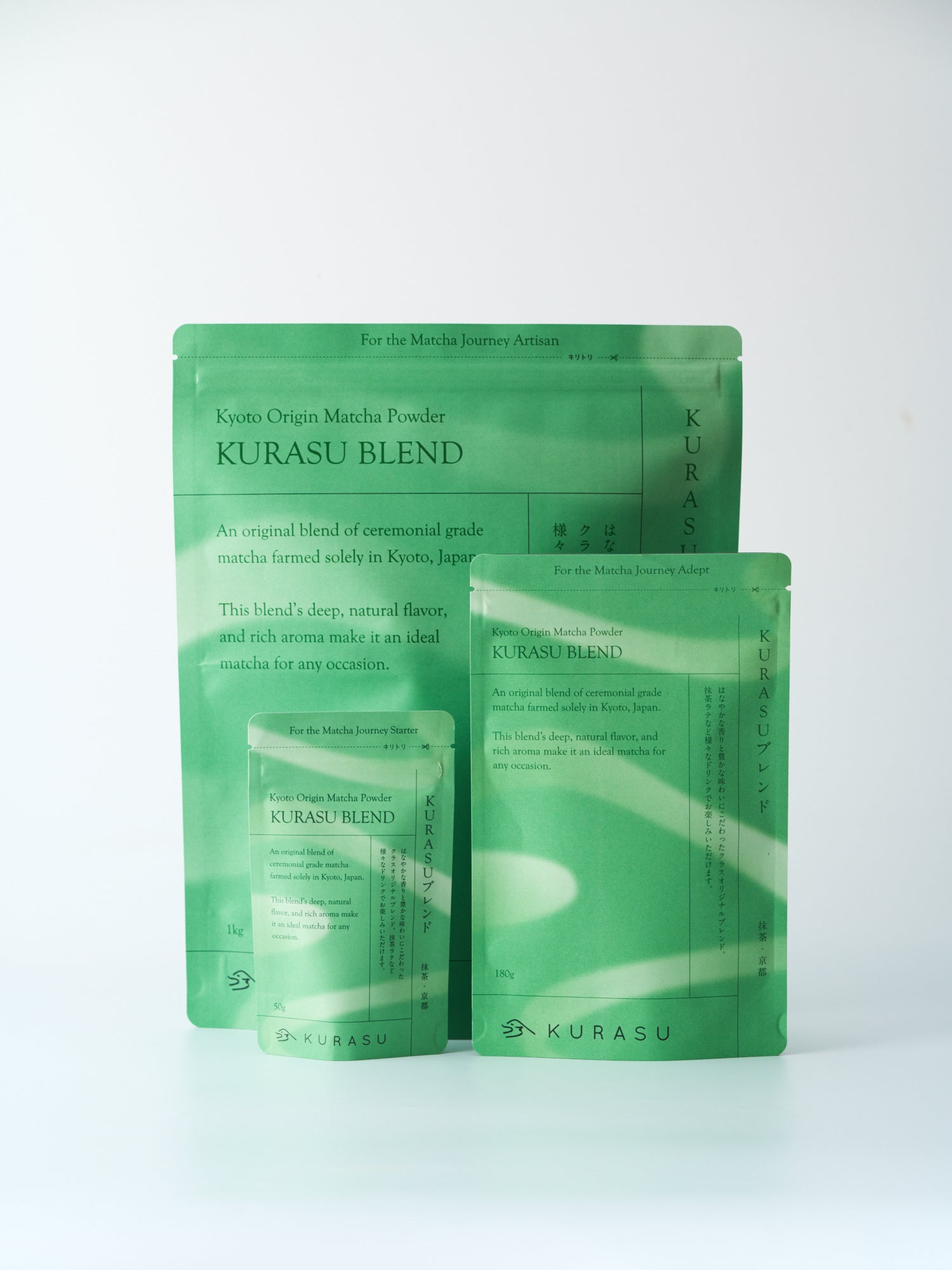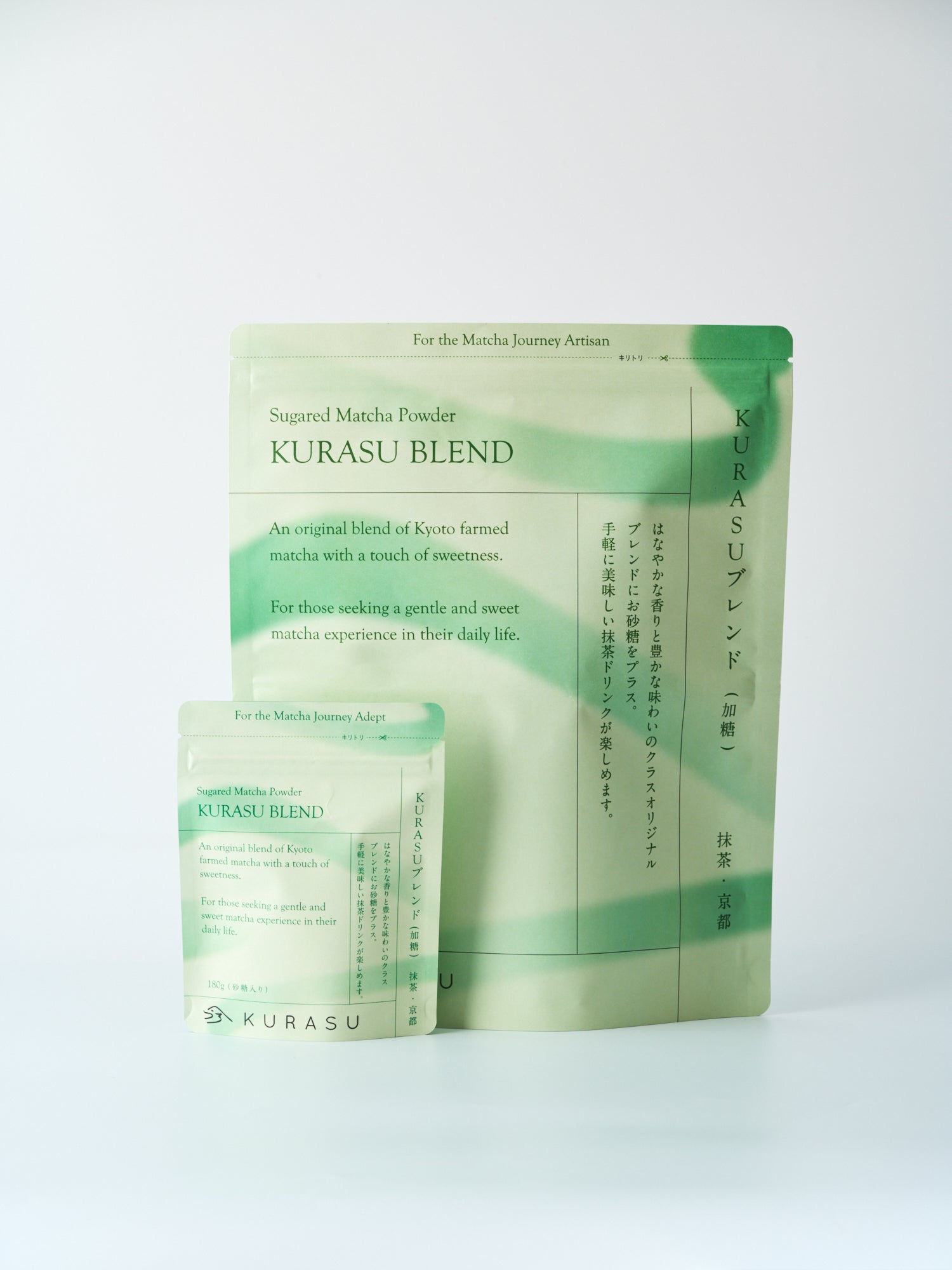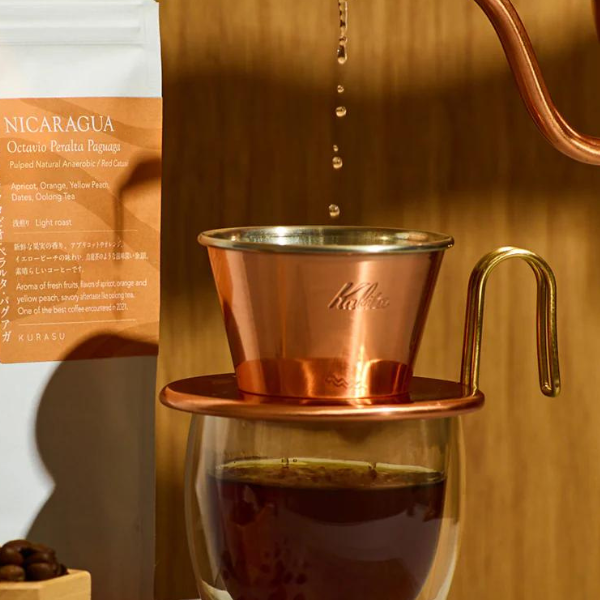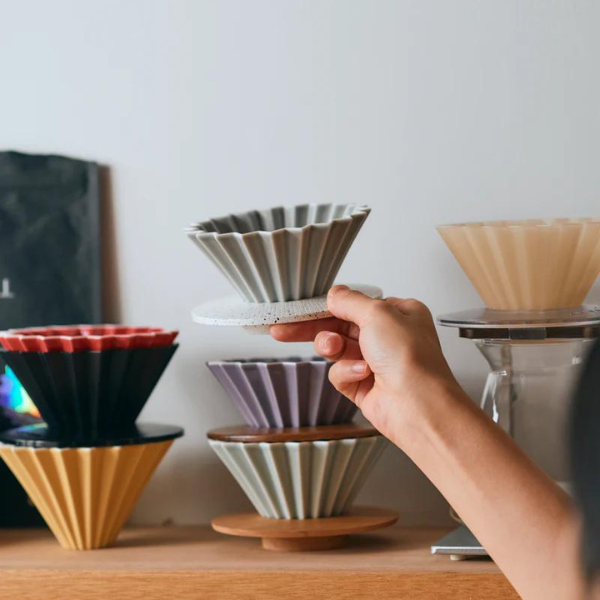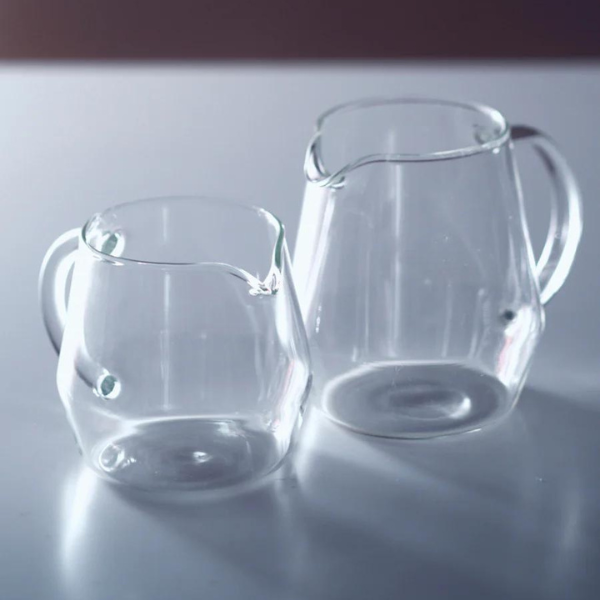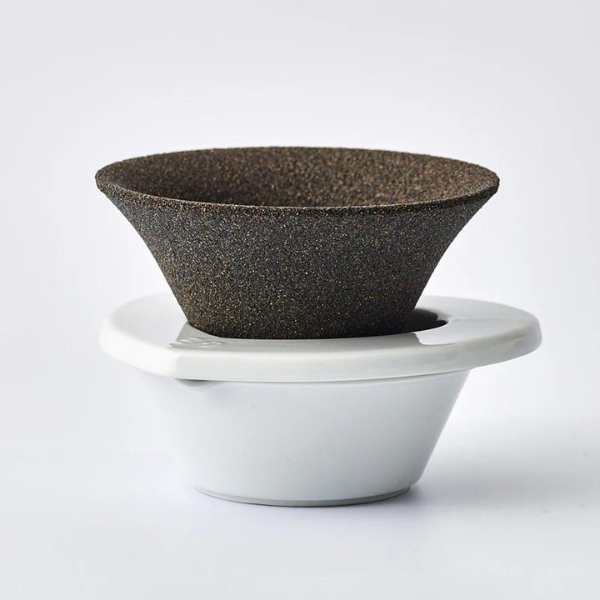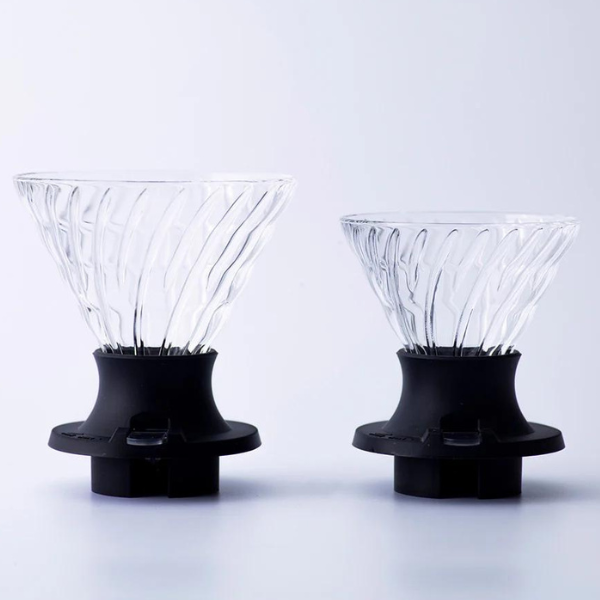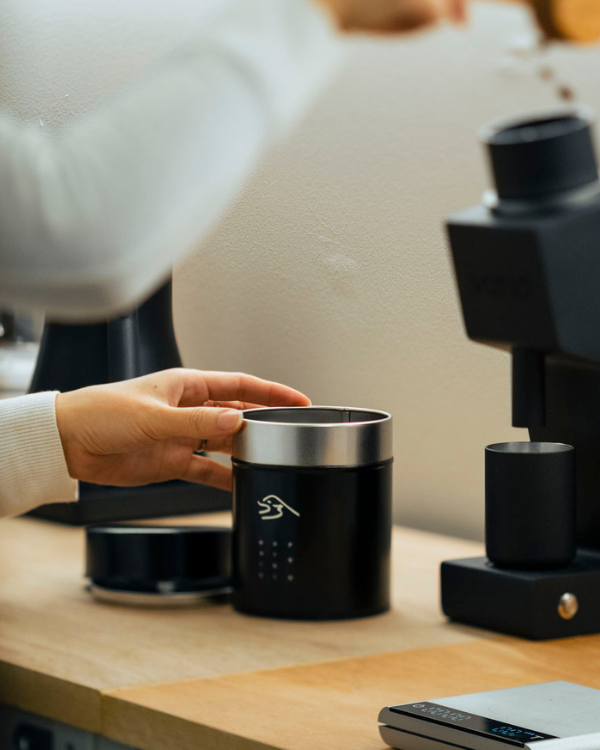Hi everyone!
I hope you enjoyed reading my previous blog post on adjusting grind size. Once you understand the basics, you can apply it to your daily home brew. Adjusting grind size is important and we'll continue going back to it every now and then so let's keep revising!
Today we will focus on the amount of coffee grounds to use and how it affects the flavours and concentration level of coffee.
Flavours

How many grams of coffee grounds do you normally use for your cup of coffee? It would probably depend on whether it's a pour-over or an espresso, your choice of coffee beans, coffee roaster etc. If you go online, there are indeed a vast number of articles on finding the "golden ratio" which leaves many of us lost in which theory to follow.
Good news is that by the end of reading this blog post, you will be able to adjust the amount of coffee grounds to extract your desirable balance of flavours. I have conducted experiments to test how the balance of flavours change depending on the amount of coffee grounds you use. Let's get into it!
<Equipments>
Dripper: Hario V60
Grinder: EK43
Coffee: Peru (light roast)
<Method>
Arranged multiple sets of coffee grounds from 11g~19g as shown in the table below. Poured 200g of hot water over each set following the Kurasu recipe for Hario V60.
*Assume one gram of coffee contains one of each flavour components in the table below.
<Results>

Remember in the previous blog post, we discussed that coffee consists of various flavours and they are extracted in the following order: acidity, sweetness, aftertaste and unpleasant taste/bitterness. An ideal cup of coffee has balanced, pleasant flavours of acidity, sweetness and aftertaste.
Now let's compare the cases of using 11g and 13g of coffee grounds.
By decreasing the amount of coffee grounds, there were less acidity, sweetness and aftertaste to extract. If you look at the case of 11g of coffee grounds, you can see that full flavours from acidity to aftertaste were extracted at the point of 140g of water poured. Consequently, the last 60g of water extracted unpleasant taste and bitterness that ended up dominating the overall flavour, suppressing the pleasant flavours extracted in the first 140g of pour-over. In this case, the amount of coffee grounds was insufficient for 200g of water.
Next, let's check what happened when I increased the amount of coffee grounds from 13g to 15g.
The more coffee grounds you use, the more acidity, sweetness and aftertaste there are to extract. 60g of water was sufficient to completely extract acidity contained in 13g of coffee grounds, while 80g of water was required for 15g of coffee grounds. Overall, 200g of hot water was not enough to extract the full flavours in the 15g of coffee grounds, leaving the third flavour component of aftertaste to be cut-off half-way through its extraction.
Finally, 17g and 19g of coffee grounds finished extraction half-way through sweetness. This type of coffee has no aftertaste and overall bland with acidity and some sweetness.
So up until this point, we have discussed about flavours. Now let's move on to concentration level.
Concentration Level
|
Flavours/Coffee grounds |
11g |
13g |
15g |
17g |
19g |
|
Concentration Level |
4 |
5 |
6 |
8 |
9 |
|
Acidity |
11 |
13 |
15 |
17 |
19 |
|
Sweetness |
11 |
13 |
15 |
12 |
7 |
|
After taste |
11 |
13 |
5 |
0 |
0 |
|
Bitterness |
5 |
0 |
0 |
0 |
0 |
Concentration level: On a scale of 10, liquid becomes more concentrated as digit increases.
The more coffee grounds you use, the more concentrated your cup of coffee will be. Imagine salt water - if you keep adding salt to water, the liquid would simply become more and more salty. The difference between coffee and salt water is that coffee has various flavours and they get extracted in fixed order.
Summary
Now let's sum up what we have discovered by looking into each amount's features.
11g
Insufficient amount of coffee grounds. Acidity, sweetness and aftertaste were fully extracted before finish resulting in unpleasant taste and bitterness to dissolve into what would have been a good cup of coffee. Overall low in concentration and bland.

13g
Balanced extraction of acidity, sweetness and aftertaste. We can conclude 13g is the ideal amount of coffee grounds in this experiment.

15g
Full extraction of acidity and sweetness but with insufficient extraction of aftertaste. High in concentration but with short aftertaste.

17g, 19g
Extraction finished half-way through the phase of sweetness. High in concentration but with insufficient sweetness and no aftertaste. Perhaps you may taste astringency like that of unripe fruits.


The more coffee grounds you use, the more acidity and sweetness there will be to extract. Adjusting the amount of coffee beans is essential for finding the right balance of flavours and altering concentration level.
In the next post we will be putting in everything we have learned about grind size and amount of coffee grounds - let's find the perfect flavour together!



